Leveraging Automation to Optimize Cloud Spend
- Nitin Yadav
- Knowledge
About
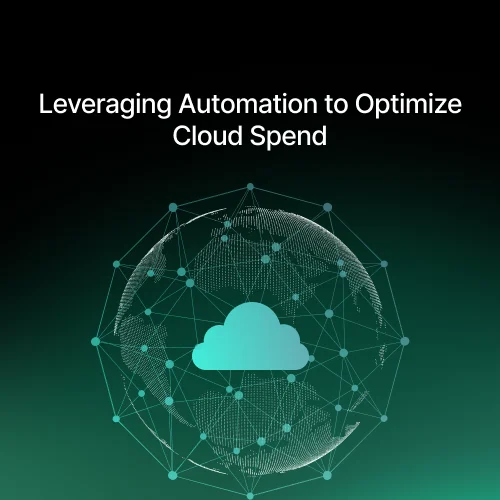
Automate cloud cost optimization with AI-driven scaling, real-time monitoring, right-sizing, and intelligent scheduling to reduce waste and maximize efficiency.
Industries
- AI-driven scaling, cloud automation, cloud cost monitoring, Cloud cost optimization, cost-efficient cloud
Share Via
Introduction
The Rising Costs of Cloud Infrastructure and the Need for Cost Optimization
As businesses scale their cloud infrastructure, cloud costs can quickly spiral out of control if not managed efficiently. With pay-as-you-go pricing models, organizations often face challenges such as overprovisioning, idle resources, and unexpected billing spikes. According to recent industry reports, organizations waste up to 30% of their cloud budgets due to inefficient resource utilization and lack of proactive cost management.
How Automation Helps in Reducing Cloud Waste and Optimizing Resource Utilization
Manual cost management is no longer sustainable—especially in complex, multi-cloud environments. Cloud cost optimization through automation is now a necessity to ensure efficient cloud usage. By implementing intelligent scaling, scheduled resource shutdowns, AI-driven instance rightsizing, and real-time cost monitoring, businesses can drastically reduce waste, improve efficiency, and maximize ROI on their cloud investments.
Automation helps in:
- Eliminating idle and underutilized resources by dynamically adjusting resource allocation.
- Ensuring cost-efficient scaling based on real-time workload demand.
- Applying AI-powered recommendations for selecting the best-priced cloud instances.
- Enforcing policy-driven governance to avoid unnecessary expenditures.
This guide explores the best automation strategies for optimizing cloud spend, covering scaling automation, intelligent scheduling, AI-driven cost control, and real-time monitoring. By leveraging the right cloud-native and third-party automation tools, organizations can cut unnecessary costs, improve cloud resource utilization, and build a financially sustainable cloud strategy.
The Need for Cloud Cost Optimization
Challenges of Uncontrolled Cloud Spend
Many organizations struggle with cloud cost overruns due to a lack of visibility and control over their cloud environments. Some of the key challenges include:
1. Overprovisioning Resources
- Companies often allocate more CPU, memory, and storage than necessary to avoid performance bottlenecks, leading to wasted resources.
- Provisioning large instances that remain underutilized results in unnecessary expenses.
2. Idle and Underutilized Instances
- Development, staging, and test environments often run 24/7 despite being needed only during working hours.
- Orphaned volumes and snapshots continue accumulating costs even when they are no longer in use.
3. Lack of Real-Time Cost Monitoring
- Without real-time tracking, organizations fail to detect unexpected cost spikes.
- Delayed cost reporting prevents teams from making timely optimizations.
How Automation Solves These Challenges
1. Real-Time Cost Tracking
- AWS Cost Explorer, Azure Cost Management, and Google Cloud Billing Reports provide real-time analytics on cloud usage and expenditures.
- Automated anomaly detection tools alert teams to cost spikes before they become major issues.
2. Automated Scaling and Right-Sizing
- AWS Auto Scaling, Azure VM Scale Sets, and Google Cloud Autoscaler dynamically adjust resources based on actual demand.
- AI-powered right-sizing tools recommend optimal instance types to prevent overprovisioning or underutilization.
3. Policy-Driven Governance
- Tagging policies help organizations enforce accountability and track cloud spending per team or department.
- Automated shutdown policies ensure that idle resources are decommissioned when not in use.
Key Automation Strategies for Cloud Cost Optimization
1. Automated Resource Scaling
- AWS Auto Scaling, Azure VM Scale Sets, and Google Cloud Autoscaler dynamically adjust computing resources based on real-time demand.
- Benefits: Reduces costs by ensuring that instances scale up only when needed and scale down during off-peak hours.
2. Intelligent Scheduling for Non-Production Environments
- Idle development and test environments often contribute to wasteful spending.
- Automation with AWS Lambda, Google Cloud Scheduler, and Azure Automation ensures that non-production resources are only active during designated hours.
3. Right-Sizing Instances with AI-Powered Recommendations
- AWS Compute Optimizer, Azure Advisor, and GCP Recommender analyze workload patterns and provide suggestions to optimize instance size and type.
- Example: Switching from an overprovisioned m5.4xlarge to an m5.2xlarge can result in significant cost savings without sacrificing performance.
4. Using Spot Instances & Reserved Instances Effectively
- Spot Instances offer up to 90% savings on compute costs for non-critical workloads.
- AWS Fargate and Kubernetes Autoscaler can automatically schedule workloads on cost-effective Spot Instances.
- Reserved Instances and Savings Plans allow businesses to lock in lower rates for predictable workloads.
5. Cloud Cost Monitoring & Alerts
- AWS Cost Anomaly Detection, Azure Cost Management, and GCP Billing Alerts help organizations set alerts for unexpected cost increases.
- Proactive monitoring prevents cost overruns before they impact budgets.
Best Tools for Cloud Cost Automation
AWS Tools
- AWS Budgets – Provides budget planning and automated notifications.
- AWS Cost Anomaly Detection – Identifies sudden cost spikes and alerts teams.
- AWS Compute Optimizer – Recommends best-fit instance sizes and types for workloads.
Azure Tools
- Azure Cost Management + Billing – Provides detailed cost tracking and reporting.
- Azure Advisor – AI-driven recommendations for cost optimization.
- Auto-shutdown policies – Automatically deallocates resources outside of working hours.
Google Cloud Tools
- GCP Recommender – Suggests cost-saving changes to instances and storage.
- Google Cloud Scheduler – Automates instance start/stop schedules.
- GCP Billing Reports – Provides granular insights into cloud spend.
Third-Party Cloud Cost Management Platforms
- Spot.io – AI-driven cloud optimization for Spot and Reserved Instances.
- CloudHealth by VMware – Multi-cloud cost monitoring and policy enforcement.
- CAST AI – Automated Kubernetes cost optimization.
- Harness – Intelligent cloud cost analysis and budget enforcement.
Real-World Use Cases of Cloud Cost Optimization Automation
1. E-Commerce Scalability: Automating Instance Provisioning During Peak Sales
- Retail businesses face sudden traffic spikes during peak seasons.
- Auto Scaling with predictive analytics ensures cost-efficient resource allocation.
- Spot Instance usage reduces compute costs without impacting performance.
2. SaaS Workload Optimization: Managing Kubernetes Cost Efficiency with Auto-Scaling
- SaaS applications require dynamic scaling based on user demand.
- Kubernetes Horizontal Pod Autoscaler (HPA) adjusts containerized workloads automatically.
- Rightsizing clusters and leveraging Spot Instances optimize operational costs.
3. Enterprise IT Cost Governance: Implementing Policy-Driven Cost Controls
- Enterprises struggle with budget management across multiple cloud accounts.
- Automated tagging policies categorize expenses per department.
- AI-based cost anomaly detection prevents unexpected cost spikes.
Future Trends in Cloud Cost Optimization
1. AI-Driven Cost Management: Predicting Future Usage with ML Models
- Machine learning algorithms analyze past usage to predict future cost trends.
- AWS Compute Optimizer, Azure Advisor, and Google Cloud AI enhance cost forecasting.
2. FinOps & Cloud Governance: Policy-Based Cost Control Automation
- FinOps methodologies are enabling businesses to treat cloud costs as a critical business function.
- Automated budget enforcement through AWS Organizations and Azure Policy ensures governance.
3. Serverless and Cost-Efficient Architectures: The Role of Serverless in Cost Reduction
- Serverless computing (AWS Lambda, Azure Functions, Google Cloud Run) eliminates infrastructure costs.
- Pay-per-execution models reduce expenses for event-driven workloads.
Conclusion
Leveraging automation in cloud cost optimization is critical for efficiency, cost reduction, and sustainability. Businesses can achieve significant savings by automating scaling, enforcing policies, and leveraging AI-powered analytics.
Encourage Action
Need help in automating your cloud cost optimization? Contact SquareOps today for expert solutions!
Frequently asked questions
Cloud cost optimization is the process of reducing unnecessary cloud expenditures by right-sizing resources, automating scaling, and leveraging cost-efficient pricing models.
Automation helps by dynamically adjusting resources, monitoring cost anomalies, and implementing policy-driven cost governance, ensuring efficient cloud usage without manual intervention.
AWS provides Compute Optimizer, Cost Anomaly Detection, and Auto Scaling. Azure offers Azure Cost Management, Advisor, and Auto-Shutdown Policies. Google Cloud provides Billing Alerts, GCP Recommender, and Cloud Scheduler.
AI-driven cost management uses machine learning models to analyze past usage and predict future consumption trends, offering intelligent right-sizing and auto-scaling recommendations.
Spot Instances allow businesses to leverage unused compute capacity at a fraction of the cost—ideal for workloads with flexible execution times.
FinOps is a financial management framework for cloud cost control, ensuring teams have real-time insights into spending, budgeting, and cost allocation.
Yes, automation tools like AWS Cost Anomaly Detection, Azure Cost Alerts, and GCP Budget Notifications provide real-time alerts and policy enforcement to prevent budget overruns.
Reserved Instances: Fixed capacity for a long-term commitment (1-3 years) at a discounted rate.
Savings Plans: Flexible pricing model that provides savings across different EC2 instance types and regions.
By implementing automated budget enforcement, tagging strategies, and policy-based restrictions via AWS Organizations, Azure Policy, and GCP Governance Controls.
Serverless computing eliminates idle infrastructure costs by allowing businesses to pay only for execution time, making it ideal for event-driven workloads.
Related Posts
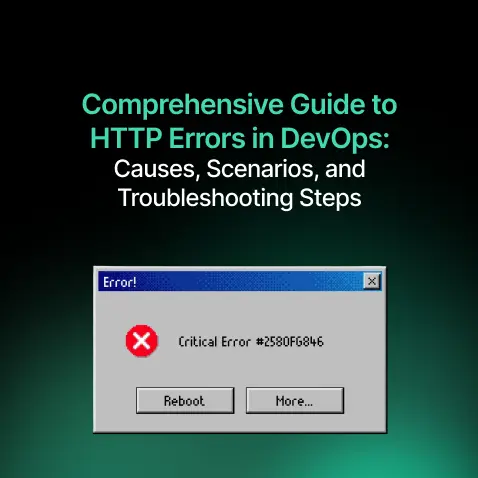
Comprehensive Guide to HTTP Errors in DevOps: Causes, Scenarios, and Troubleshooting Steps
- Blog
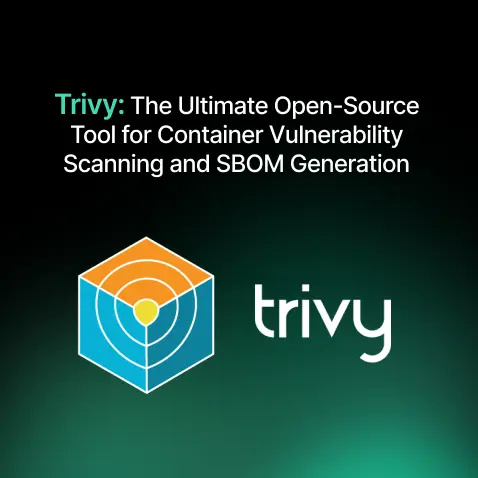
Trivy: The Ultimate Open-Source Tool for Container Vulnerability Scanning and SBOM Generation
- Blog
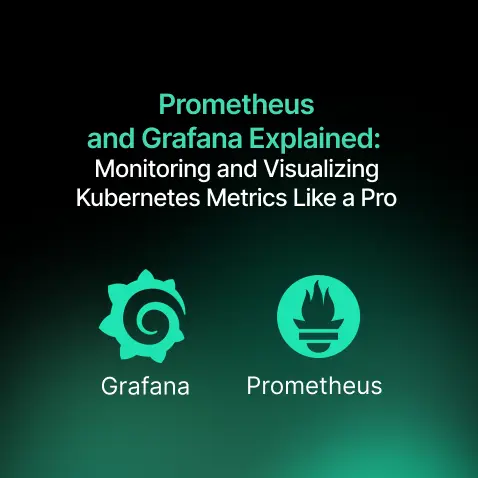
Prometheus and Grafana Explained: Monitoring and Visualizing Kubernetes Metrics Like a Pro
- Blog
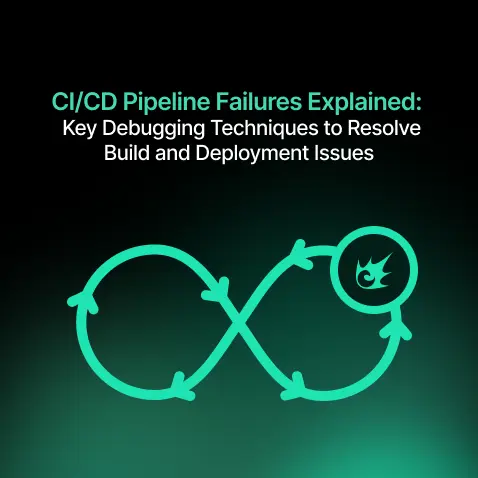
CI/CD Pipeline Failures Explained: Key Debugging Techniques to Resolve Build and Deployment Issues
- Blog
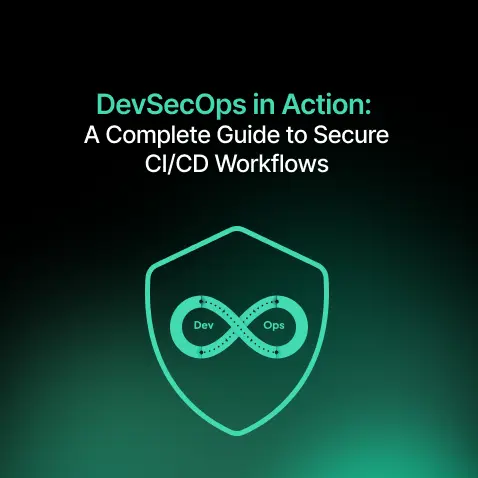
DevSecOps in Action: A Complete Guide to Secure CI/CD Workflows
- Blog
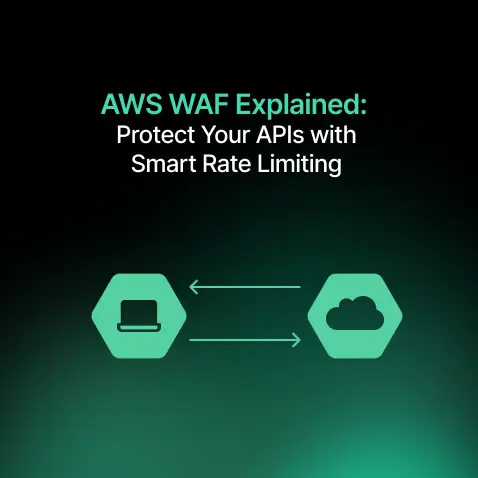
AWS WAF Explained: Protect Your APIs with Smart Rate Limiting
- Blog
Lorem ipsum dolor sit amet, consectetur adipiscing elit. Ut elit tellus, luctus nec ullamcorper mattis, pulvinar dapibus leo.

